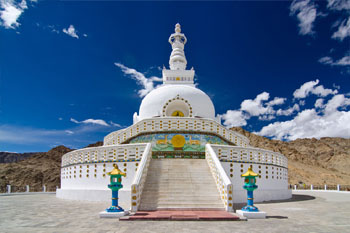- [email protected]
- Habak Crossing, Srinagar : 190006 Jammu & Kashmir
Get In Touch
+91-9797266548

LEH LADAKH SIGHTSEEING
- Home
- LEH LADAKH SIGHTSEEING
ABOUT LEH LADAKH
Leh – Ladakh is the largest province within the North Indian State of Jammu and Kashmir, covering approximately 60,000 square miles (100,000 sq. km). It is surrounded and bisected by some of the highest mountain ranges in the world. Running in a generally northwest to southeast direction through Ladakh, the great Himalayan Range separates the Vale of Kashmir from Ladakh. We have various Tour Packages for your ready reference, though we believe on Tailor Made Itineraries for your scheduled trip to Ladakh and kashmir.
Major Sightseeing in Leh
Shanti Stupa
The Shanti Stupa is white-colored domed-shaped structure, located in Chandspa which looks extremely beautiful during night when it is illuminated. This peace pillar was built a ‘peace sect’ of Japanese Buddhist organization to celebrate the completion of 2500 years of Buddhism and for the promotion of world peace. It was inaugurated by His Holiness, the Dalai Lama in 1985. This pillar is known for its gilt panels depicting the life stories of Lord Buddha. It is just 5 kms away from the main city of Leh and is surrounded the traditionally built houses of the locals and snow-covered mountains. Take the steep slights to reach the Stupa that offers beautiful sunrise and sunset views.
Leh Palace
Leh Palace known as the ‘Lhachen Palkhar’ is a former royal palace of the Leh Kingdom. Located in Leh city. It is one of the biggest tourist attraction of Leh city. The 17th century Palace, Leh Palace is also one of the tallest buildings of its time with nine story’s. The palace provides spectacular views of Stok Kangri and the Ladakh mountain range as well as town and surroundings
Sangam
SANGAM – (Confluence of river Zanskar and Indus point) is located at 6KM from Nimo valley towards the Leh city on Kargil Leh highway. If you are travelling to Leh from Manali, you will have to visit this place from Leh city at the distance of just 35KM
IF you are goging to Leh to Kargil then stop at this spot which is famously known as Confluence of Indus & Zanskar Rivers. There is special points are developed by the authority so that you can have a beautiful view of this confluence from the height.
Zanskar river is shiny blue in colour, on the other hand Indus looks a little green. In the Winter Season – Zanskar freezes completely during some part of the winter to enable the Chadar trek, the Indus keeps flowing though it too would have started to freeze in patches. Summer or winter, this confluence makes for a great sight.
Magnetic Hill
Magnetic Hill lies on the Leh-Kargil-Baltic National Highway in the Trans-Himalayan region. To the east of the Magnetic Hill flows the Sindhu River, making the surroundings a photographer’s delight.
Hall of Fame
Hall of Fame is a museum constructed by the Indian Army in memory of the brave Indian soldiers who laid down their lives defending the motherland in the Indo-Pak wars. The Hall of Fame museum is located on the Leh-Kargil Road, about 4km from the city of Leh. It stands as a reminder of the great sacrifices made by our soldiers to ensure the safety and security of our country.
Lamayuru Monastery
Lamayuru Monastery is a Tibetan Buddhist Monastery perched at an altitude of 11520 ft., the monastery is one of the fascinating places to visit in Ladakh. The oldest gompa is also one of the largest monasteries in Ladakh famed as Tharpa Ling which means the ‘place of freedom’. Nearly 150 monks belong to the monastery and 30-40 still reside at the gompa belonging to the Red-Sect of Buddhism. The monastery lures spirituality learners and tourists who wish to spend some time at a beautiful location amidst the sacred aura. The gompa also serves as the meditation center. Tranquil ambiance and scenic location of the monastery is mesmerizing.
Lamayuru is the oldest and one of the largest monasteries in Ladakh. As per legends, Lamayuru’s valley was a clear lake at the time of the Sakyamuni. The lake was the dwelling place of the holy serpents. The Bodhisattva Madhyantaka made a prediction that the lake will be emptied and a monastery will be built here. Naropa, a Buddhist scholar visited Ladakh in 11th century and spent many years meditating in a cave. Naropa then caused a split in the surrounding hillside and due to this the lake emptied. Thereafter, Naropa found a dead lion covered by the waters of the lake. Naropa built the first temple on this spot and named it as the Singhe Ghang (Lion Mound).
Alchi monastery
Alchi monastery, located in the Alchi village in Leh, was built by the great translator Guru Rinchen Zangpo between 958 and 1055. Today it is being monitored by Likir Monastery. This monastery is actually a complex of temples consisting of 4 separate portions that has monuments built at different times. The main complex has three temples- gTsug-lag-Khang (main temple), ‘Jam-dpal lHa-Khang (Manjushri temple) and Dukhang (assembly hall).
Alchi monastery is one of the most well-known ones. The walls of the site are adorned with paintings depicting the details of Hinu kings as well as the teaching of Buddhism.
Hemis Monastery
Hemis Monastery is a Tibetan monastery belonging to the Drukpa Lineage. Counted as one of the iconic monasteries in Ladakh, Hemis is perched on a mountain along the west bank of Indus River. People eagerly await to marvel at the numerous paintings or Thangkas that are carefully preserved here and are displayed on the famous Hemis Festival. A visit to the Hemis Monastery is one of the highlights of planning holidays in Ladakh.
The ancient Hemis monastery is said to be have existed before the 11th century. Naropa, the teacher of the translator Marpa and the pupil of the yogi Tilopa, are regarded as the founding fathers of the Kagyu-lineage of Buddhism, with, Hemis is its main seat. The first incarnation of Stagsang Raspa Nawang Gyatso founded the monastery in 1630 when he was invited to Ladakh by the King Singay Namgyal.
Matho Monastery
Matho Monastery is a Tibetan Buddhist monastery built under the Saskya Monastic Establishment. It was constructed around 500 years ago. It was established by Lama Dugpa Dorje in 1410, who belongs to Sakya order. It houses a marvelous collection of ancient Thangas and known for its Matho Nagrang Festival. It is an annual festival which takes place in the first half of March. It is a nice place where you can understand Buddhist teachings and philosophies. The nearby attraction of this place is Stakna Gompa.
Rangdum Gompa
Rangdum Gompa is situated halfway between Kargil and Padum. It was founded by Losang Geleg Yeshe Drogpa in the 18th century. It rises above a centrally ascending mountain, established around the diverged route of a mountain stream. It appears like an ancient fortification, which stands as a guardian of a mystical mountain valley. It is located alongside Julidok village and around 25 kilometers from the Pensi La pass which leads to Zanskar. This monastery is home to around 30 monks and monasteries.
Rizong Gompa
Rizong Gompa, also known as Rhizong monastery belongs to Gelugpa or Yellow Hat sect of Buddhism is situated on the hilltop of a rocky valley to the north of river Indus. It is also known as the Yuma Changchubling in Ladakh region. Established at Ri-rdzong in 1831 by Lama Tsultim Nima under the Gelukpa order, today it has around 40 monks who have to abide by very strict rules and regulations. It is also famous as ‘the Paradise For Meditation’.
Sankar Gompa
Sankar Gompa, or monastery, is yet another beautiful monastery in Ladakh located at a distance of around 3km from the main town of Leh. You should visit this monastery during your tour to Ladakh, not just for its incredible architecture but also because it’s a treasure-trove of history and art. Sankar Monastery is believed to be a subsidiary of Spituk Monastery, with the same Lama presiding over it.
Diskit Monastery
Diskit Monastery, also known as Deskit monastery is not only the oldest but also the largest Buddhist Gompa in the Nubra Valley, Ladakh. The prayer hall of the monastery consists of a statue of Maitreya Buddha, various images of other guardian gods as well as huge drum. This monastery is of the Gelugpa sect (Yellow Hat) of Tibetan Buddhism, founded by Changzem Tserab Zangpo, a disciple of Tsong Khapa, founder of Gelugpa, during the 14th century. The monastery’s cupola is same as the Tashilhunpo Monastery of Tibet.
Shey Monastery
Shey Monastery is reckoned as one of the popular monasteries in Leh Ladakh. Also known as Shey Palace or Shey Gompa, the monastery is famous for housing a 3-storeyed huge copper with gilded gold idol of seated Shakyamuni Buddha. The statue is counted as the second largest idol in Ladakh.
Shey Gompa enjoys a perfect geographical location and offers breathtaking views of the nearby surroundings of Matho, Thiksey, Stok, Stakna and Leh as well. Almost in its ruins now, the palace is also home to several butter-lit lamps with an eternal flame which burns continuously for the entire year. They are replaced annually to continue the flame without any hindrance. This is done in order to signify the purity and divinity of the sanctum sanctorum. 4-km of trekking, makes the way to this must-visit destination an intriguing one. Special permit is required to visit the Shey Monastery as only one Lama dwells here and the inner shrine remains closed usually.
Phyang Gompa
Phyang Gompa belongs to the red hat sect of Buddhism. White and ochre colored monastery lies on a hill top and seems to be overlooking the surrounding village. The site where today the Gompa finds its footing was a small part of various monastic properties that were received as a gift by Chosje Damma Kunga, given by Dharmaraja Jamyang Namgial. Phyang Hills was the place of Tasi Chozong Gompa, which was founded way back in the year 1515. This monastery was offered to a monastic community that paved way for the foundation of Digung teachings in Ladakh that were started by Skyoba Jigsten Gonbo. On the other hand, it is believed that it was established by King Tashi Namgyal, during the third quarter of the 16th century.
Stakna Monastery
Stakna Monastery, located about 25km from the main city of Leh, is also known as “Tiger’s Nose Monastery”. This is because the rock on which the monastery is located resembles a tiger leaping up to the sky. Stakna Monastery displays the cultural and religious heritage of Buddhism. The monastery houses almost 30 monks belonging to the Dugpa order. Visiting the monastery lets you explore the cultural heritage of Buddhism and also enjoy the panoramic views of the surroundings from the monastery. And more sightseeing in Leh Ladakh etc
What Services we offer to our clients
Who are in extremely love with friendly driver.
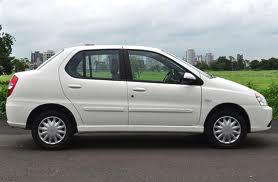
Tata Indigo Car
Srinagar Airport Transfer from Dal Lake (Rs 550/-)
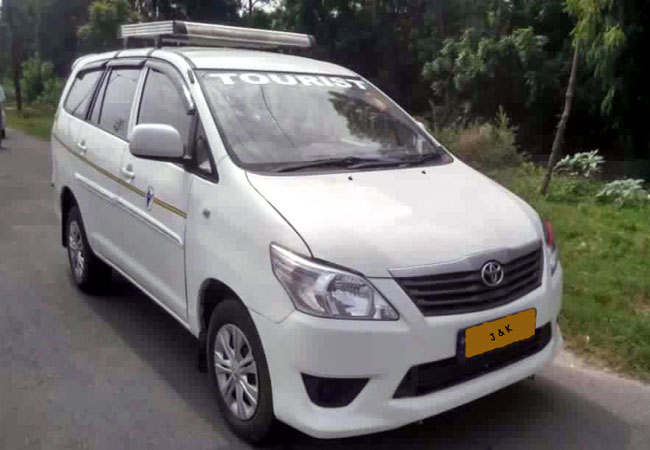
Toyota Innova Car
Srinagar Airport Transfer from Dal Lake (Rs 750/-)
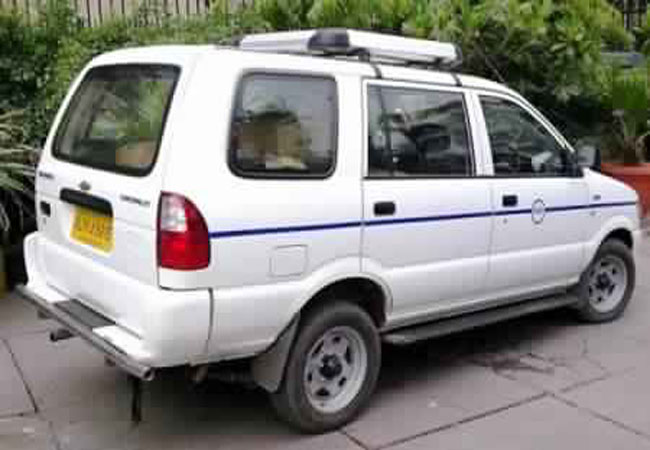
Tavera Chevrolet Tavera Car
Srinagar Airport Transfer from Dal Lake (Rs 650/-)
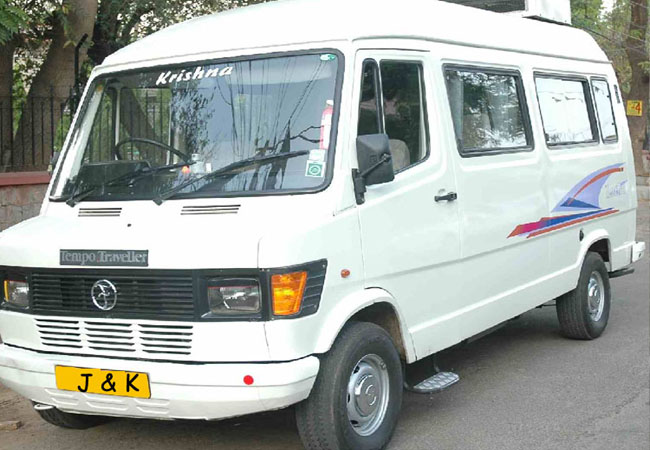
Tempo Traveler
Srinagar Airport Transfer from Dal Lake (Rs 1250/-)

